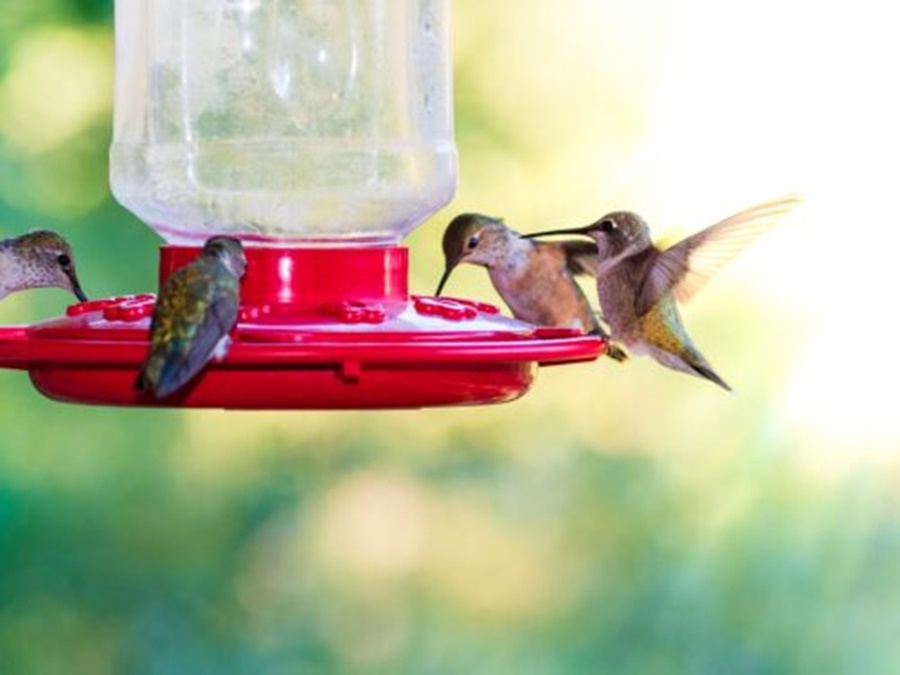Hummingbirds are fascinating creatures that bring life and color to any backyard. If you’re putting out a feeder to attract them, it’s essential to know how often to change the nectar. Spoiled nectar can harm these tiny birds, so regular maintenance is a must.
This article covers everything you need to know about how frequently to change hummingbird nectar, why it matters, and how to properly care for your feeder.
Why Changing Hummingbird Nectar Matters
Hummingbird nectar (a simple mix of sugar and water) is prone to spoilage, especially in warm weather. When nectar ferments or grows mold, it becomes dangerous for hummingbirds to consume. It can cause illness, digestive issues, or even death. Additionally, dirty feeders can breed bacteria and fungi that are harmful to these delicate birds.
Keeping your feeder clean and your nectar fresh ensures you’re helping not hurting your feathered visitors.
How Often to Change Hummingbird Nectar
The frequency of nectar changes depends on the temperature and weather conditions. Here's a general guideline:
In Hot Weather (Above 80°F / 27°C):
- Change every 1 to 2 days
- High temperatures speed up fermentation and bacterial growth
In Mild Weather (70–80°F / 21–27°C):
- Change every 2 to 3 days
- Still warm enough for nectar to spoil relatively quickly
In Cool Weather (Below 70°F / 21°C):
- Change every 4 to 5 days
- Cooler temps slow fermentation, but the nectar still needs regular changing
In Cold Weather (Below 50°F / 10°C):
- Change every 5 to 7 days
- Less risk of spoilage, but check for contamination or cloudiness
Signs Nectar Has Gone Bad
Watch for these signs that it’s time to change the nectar:
- Cloudy or murky appearance
- Sour or fermented smell
- Black spots or mold in the feeder
- Dead insects inside the feeder
- Sticky residue on the feeder or around the ports
If you notice any of these, clean the feeder thoroughly and replace the nectar right away.
How to Clean a Hummingbird Feeder
You should clean your feeder each time you change the nectar. Here's how:
1. Empty the feeder completely
2. Rinse with hot water (do not use soap, which can leave harmful residues)
3. Use a bottle brush to scrub the inside and feeding ports
4. For stubborn mold, soak in a solution of 1 part white vinegar to 4 parts water for 1 hour
5. Rinse thoroughly with clean water before refilling
Some feeders are dishwasher-safe, but always check the manufacturer’s guidelines first.
Tips to Keep Nectar Fresh Longer
To avoid waste and reduce spoilage, try these tips:
- Hang feeders in shady areas to keep nectar cool
- Use smaller feeders or fill them halfway if birds aren’t drinking quickly
- Clean before refilling, not just topping off old nectar
- Avoid red dye it’s unnecessary and potentially harmful
Conclusion
Changing hummingbird nectar regularly is a small task that makes a big difference in keeping hummingbirds healthy. The general rule of thumb is: when in doubt, change it out. A clean feeder with fresh nectar will keep your backyard buzzing with these beautiful visitors all season long.


